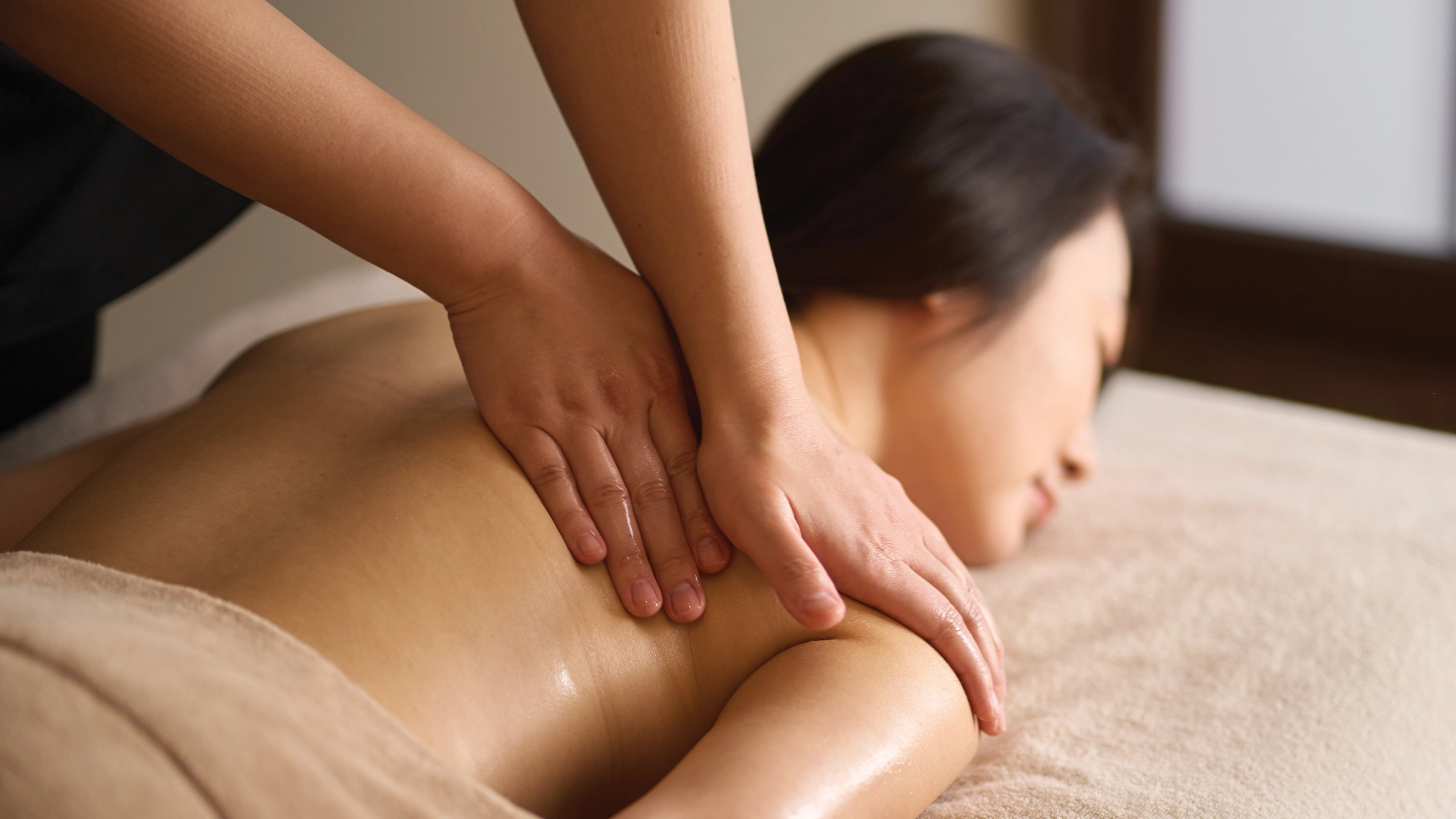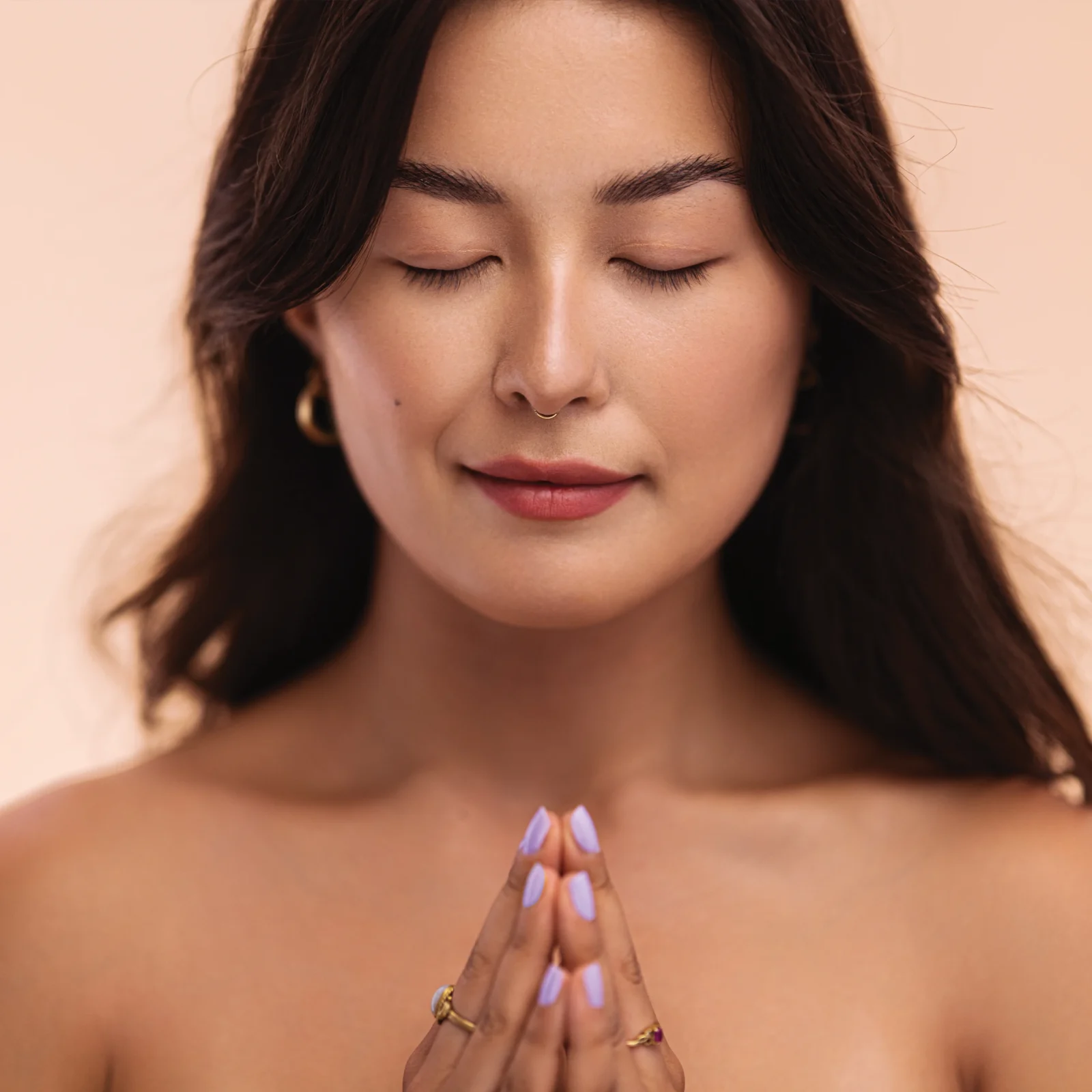The Sacred Touch: The Rise of Hilot in Wellness
Once dismissed as superstition, hilot is now reemerging as both a cultural legacy and a wellness commodity. But when indigenous healing is repackaged as luxury, what do we risk losing?
Wellness today is no longer just green juices and yoga mats—it is an industry worth trillions, a lifestyle movement, and a beauty marker all at once. And in the Philippines, an ancient practice is quietly taking center stage in this conversation: hilot. Once dismissed as superstition, hilot is being revived not only as a ritual of healing, but also as a high-value spa treatment marketed to global wellness travelers. Its return raises a question at the heart of Allure’s inquiry into beauty and wellness: When indigenous healing is rebranded as luxury, what gets lost in translation?
Bone-deep history
“Based on documented accounts, our traditional hilot has been practiced even during precolonial times,” says LJ Fajardo, chairman and trainer at The Hilot Hub, formerly the Association of Traditional Health Aid Givers Philippines Inc. (ATHAG). The organization was founded by his father, the late Bibiano “Boy” Fajardo, who is widely considered a pioneer in Philippine traditional hilot.
Boy Fajardo may well be considered the father of hilot during his time as an albularyo, according to his son LJ. “He championed the advocacy of pushing for the general acceptance of hilot as part of our heritage and cultural identity. Hilot is the only traditional healing modality of our country, and we feel it deserves its rightful recognition here and around the world.”
LJ believes that indigenous healing is the backbone of traditional cultural healing, with hilot being the primary healing modality. ”The healing methods of our ancestors can be traced to their practical and ingenious approach to healing, making use of what was available during those times. As the various healing modalities evolved into the present day, access to our traditional hilot technology has become rare. Thus, advocating for and supporting the preservation of the hilot tradition has become a matter of utmost importance and urgency.”
A healer’s touch
Globally, the wellness economy is set to grow USD 9 trillion in 2028. The Philippines is following this trend, with its wellness tourism (composed of spas, tourism, and even real estate) set to keep expanding from its 2023 growth of USD 43 billion, according to Global Wellness Institute. Ancient traditions such as hilot are now available in many popular and high-end spas, prized for its healing purported healing properties.
For Lem Senillo, the spa director at The Farm at San Benito, the right practitioner isn’t found through a job posting. “Rather, we search for them in barangays through community livelihood training programs,” he says. “Because we believe that hilot is a gift. It is something that you need to practice. It is a calling.”
At The SPA Wellness, that calling is formalized into a rigorous curriculum. Amyl De Gala, assistant marketing manager, explains, “As hilot is one of my many traditional healing methods we practice in the Philippines, we ensure that all our therapists undergo our in-depth training on theoretical knowledge with practical hands-on experience. This also includes a deeper understanding of the history of hilot, learning specific techniques, safety protocols, and client interaction practices.”
Meanwhile, at Chi, The Spa at EDSA Shangri-La, the training began with outside expertise. “At the start, a consultant well-versed in traditional Hilot was brought in to train the team. Since then, regular refresher trainings have been conducted to ensure skills are maintained,” says Shariza Relova, director of marketing and communications.
Intention and Intuition
Training aside, the essence of hilot begins with intuition. “Being surrounded with hilot practitioners—my mom, my grandmother—it’s really a blessing,” Senillo says. “The moment guests lie down on the massage bed, they are in the form of surrendering. So what we can do is [to] really [feel] the whole senses, the whole energy within, and connect with that energy.” This process, he reveals, tells the practitioner what’s happening within a guest’s body.
This part diagnostic scan, part ritual approach is a far cry from the standardized massage techniques imported from the West. “Filipino traditional massage is totally different in a way that we’re using a certain technique that is very curated, addressing direct concerns,” Senillo says. “It’s not a question of expertise. It is a question of genuine intention.”
Authenticity, De Gala adds, is as much about the materials as the method. “We focus on making our hilot massage as authentic as possible through the traditional use of locally-sourced virgin coconut oil and banana leaves that are heated to provide additional wellness and relaxation to our guests.”
Both approaches treat each detail—from the oils to the sequence of touch—not just as technique, but as part of a ritual. Relova describes Chi’s own ceremonial approach: “The therapist follows a healing ritual which begins with a traditional foot bath or suob, followed by a head and shoulder massage called hinguat-an. Banana or tuba-tuba leaves are used to help release energy blockages, flush out toxins, and protect the body from external elements like wind or cold. Virgin coconut oil infused with ylang-ylang or lemongrass is used during the massage.”
Still, genuine doesn’t mean unscientific. At The Farm, hilot is practiced in tandem with diagnostics from naturopathic doctors, forming a hybrid of ancient and modern approaches. But for The SPA Wellness’ De Gala, balancing tradition and contemporary expectations also requires intention. “To maintain authenticity in hilot, we combine our traditional techniques with a modern understanding of our clients’ needs.”
A uniquely Filipino practice
According to Senillo, the practice changes shape across the archipelago. “The beauty of hilot [in Lipa, Batangas] is different from the beauty of hilot in Mindanao or in Visayas.” However, underlying these regional differences is a shared spiritual core. One often stripped away in wellness marketing, but central to all three practitioners.
Still, despite its regional variations, hilot remains unmistakably Filipino: rooted in indigenous knowledge systems, shaped by shared cultural values, and sustained through intergenerational care.
“Filipinos are encouraged to promote and patronize the art and science behind traditional healing [modalities],” says LJ. “The concern for appropriation requires a whole-of-society approach. The government can only do so much; the people need to be involved in furthering the practice and promotion of our traditional hilot.”
Relova frames the challenge in terms of stewardship. “At the core of what we do is a deep respect for holistic healing and the cultural heritage of hilot. Looking ahead, we believe the future of Hilot lies in a balanced approach—one that honors its authenticity and traditions while thoughtfully integrating modern wellness knowledge.”
If you look into the very roots of hilot, you’ll quickly learn that hilot isn’t just a product. It is proof that healing can be culturally specific, communally rooted, and spiritually alive. Its revival is not a mere wellness trend, but a return to a deeper truth: that power can be simple, sensory, and sacred.
You might also like
To provide a customized ad experience, we need to know if you are of legal age in your region.
By making a selection, you agree to our Terms & Conditions.







